Elon Musk has made yet another bold prediction about the future of brain-computer interfaces (BCIs), claiming that hundreds of millions of people could be using brain implants within the next two decades. This futuristic vision centers around Neuralink, his brain-tech startup, which has already begun human trials with its Telepathy implant.
While many remain skeptical about the ethics and long-term implications of this technology, Musk insists that the progress of BCIs will advance “hyperexponentially.” Could this be the beginning of a new era where humans and machines merge? Let’s dive into the details.
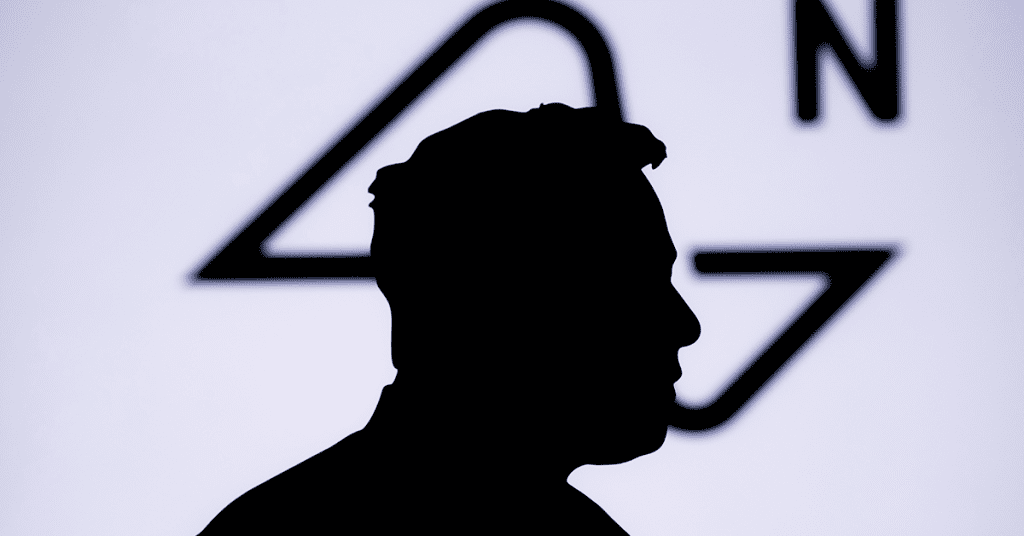
Neuralink: The Company Leading the Brain-Tech Revolution
Founded in 2016, Neuralink aims to develop a direct link between the human brain and computers. The company’s first device, called Telepathy, contains over 1,000 electrodes, making it far more advanced than other brain-computer interfaces currently in development.
The primary goal? To help people with neurological conditions regain control over technology using only their thoughts. But Musk has much bigger ambitions—he sees a future where brain implants enhance human cognition, improve memory, and even enable direct communication between individuals without speaking.
While this may sound like science fiction, Neuralink is already making real-world progress.
Early Success: A Paralyzed Patient Uses Neuralink to Control a Computer
The first publicly known Neuralink patient, Noland Arbaugh, has provided proof of concept for the technology.
- Arbaugh, who is paralyzed from the neck down, was unable to interact effectively with technology before receiving his implant.
- After the procedure, he described using Neuralink as feeling like “the Force”, controlling his computer cursor with his mind.
- He can now play video games, browse the internet, and explore career opportunities—all using his thoughts alone.
This early success demonstrates that Neuralink could significantly improve the lives of people with severe disabilities. But is this just the beginning?
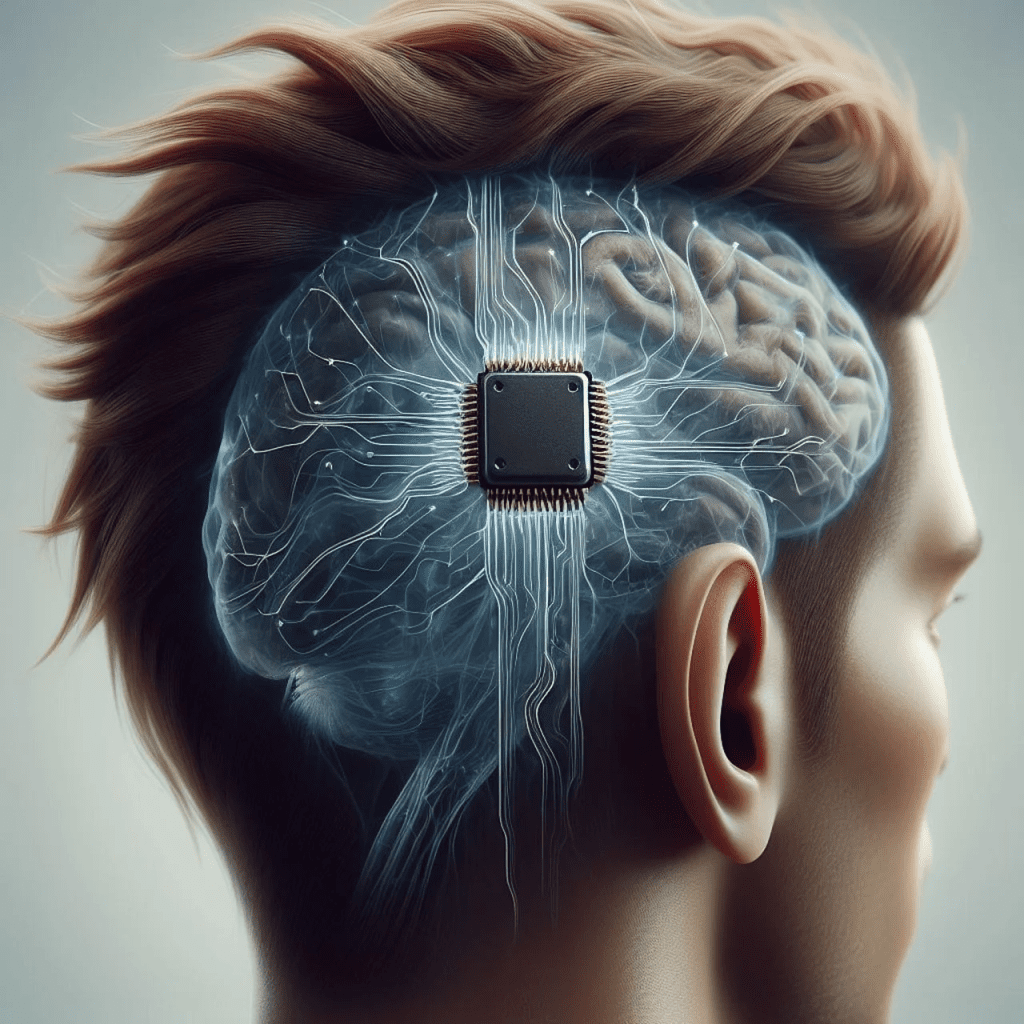
Elon Musk’s Ambitious Growth Plan for Neuralink
Musk’s vision for Neuralink extends far beyond helping a handful of patients. He plans to scale up human implants significantly, with a goal of reaching over 1,000 patients by 2026.
- By the end of 2024, Neuralink aims to have “high single-digit” numbers of patients using the device.
- Full commercialization of the implant could take five to ten years, depending on regulatory approvals and technological advancements.
While Musk’s aggressive timeline may seem optimistic, his track record of disrupting industries suggests that he is serious about pushing the boundaries of BCI technology.
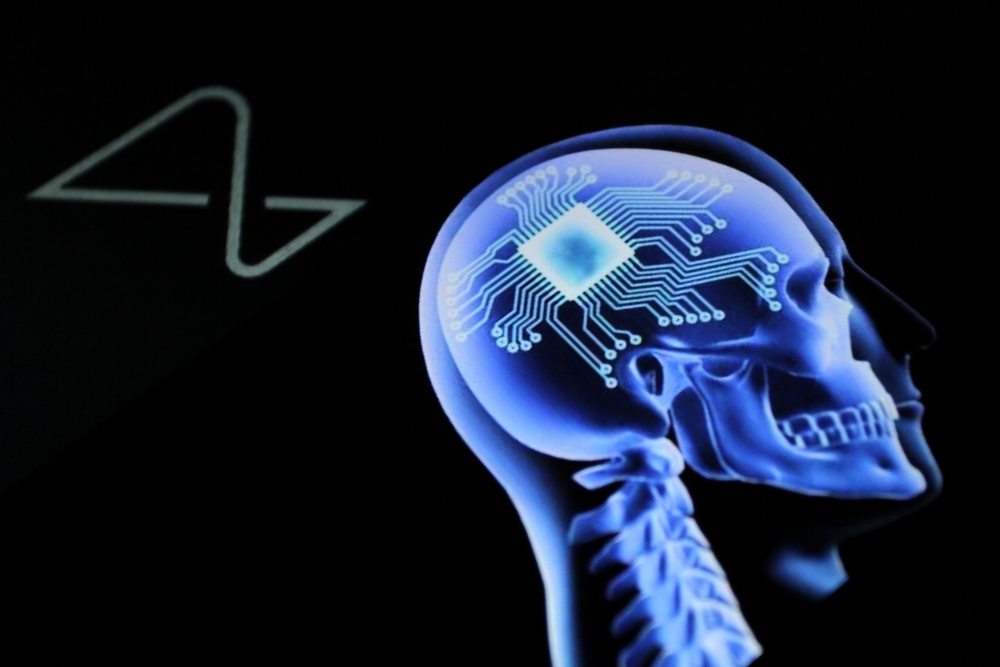
How Neuralink’s Brain Chip Works
Neuralink’s breakthrough technology relies on several key innovations:
- High-density electrodes – The chip has more than 1,000 ultra-thin electrodes, allowing for detailed brain signal detection.
- Wireless communication – Unlike earlier BCIs that required wired connections, Neuralink’s implant is completely wireless, making it more practical for everyday use.
- Surgical robot implantation – A specially designed robot implants the device with precision, ensuring minimal invasiveness and high accuracy.
With these technological advancements, Neuralink’s brain chip is far ahead of its competitors, but it still has significant hurdles to overcome.
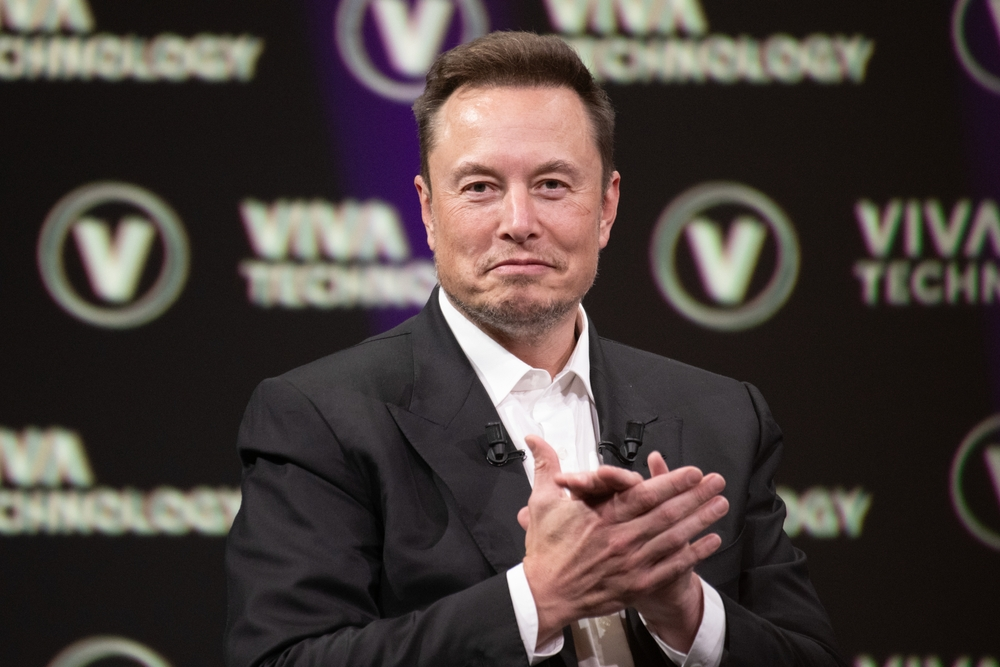
Regulatory Challenges and FDA Approval
Neuralink received Investigational Device Exemption (IDE) approval from the FDA in May 2023, allowing it to conduct its first human trials.
However, the road to full approval will be long and complex. Typically, the FDA requires multiple clinical trials before granting full approval for widespread use.
- A typical BCI study includes 5 to 10 patients and lasts up to a year.
- This is followed by more extensive feasibility and pivotal studies, which can take several years.
If all goes well, Neuralink could potentially reach the market within the next decade, but unexpected complications or ethical concerns could delay its rollout.
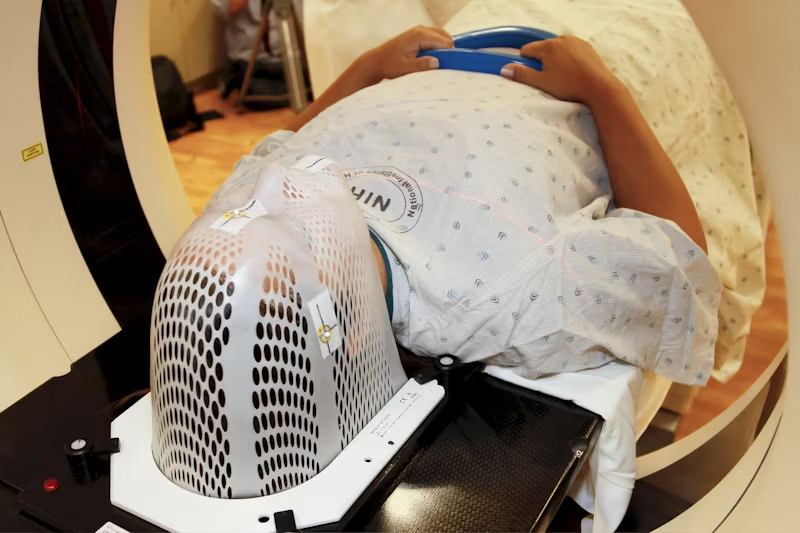
The Bigger Picture: Neuralink’s Potential Beyond Disabilities
While helping paralyzed individuals regain mobility is Neuralink’s current focus, Musk has hinted at far more ambitious applications in the future.
Some potential long-term uses include:
- Restoring lost vision and hearing – Musk believes that Neuralink could one day help blind and deaf individuals regain their senses.
- Enhancing memory and cognitive abilities – In the future, brain implants could boost intelligence and allow humans to store and recall memories with perfect accuracy.
- Direct brain-to-brain communication – Musk has suggested that brain chips could allow people to communicate telepathically, eliminating the need for speech or written language.
- Merging human intelligence with AI – Neuralink could serve as a bridge between the human brain and artificial intelligence, potentially preventing AI from surpassing human intelligence.
While these ideas are still theoretical, Musk’s long-term vision involves creating a world where humans and technology are seamlessly integrated.

Concerns About Data Privacy and Security
Despite its potential benefits, Neuralink raises serious ethical and security concerns.
Some of the biggest questions surrounding brain-chip technology include:
- Data privacy – How will Neuralink protect sensitive brain activity data from hackers or misuse?
- Neurohacking risks – Could bad actors potentially manipulate a person’s thoughts or actions through hacking?
- Ethical concerns – Should brain implants be used to enhance intelligence, or should they remain limited to medical applications?
These issues will need to be carefully addressed before Neuralink’s technology can be adopted on a massive scale.
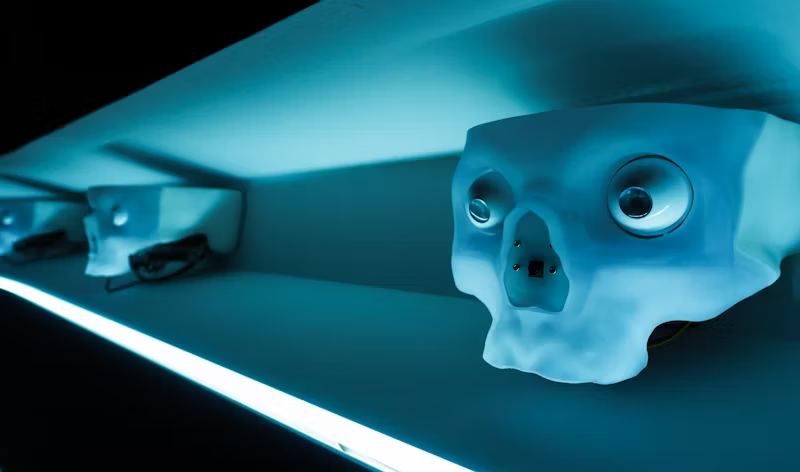
Final Thoughts: Is Musk’s Prediction Realistic?
Elon Musk’s claim that hundreds of millions of people will have brain implants within 20 years is bold—but not impossible.
- Neuralink’s early trials have shown promising results, proving that brain chips can help paralyzed individuals regain control over technology.
- Technical advancements in brain-computer interfaces are moving faster than ever, with wireless implants and AI-powered neural decoding leading the way.
- However, regulatory hurdles, ethical concerns, and public acceptance could slow down the mass adoption of brain implants.
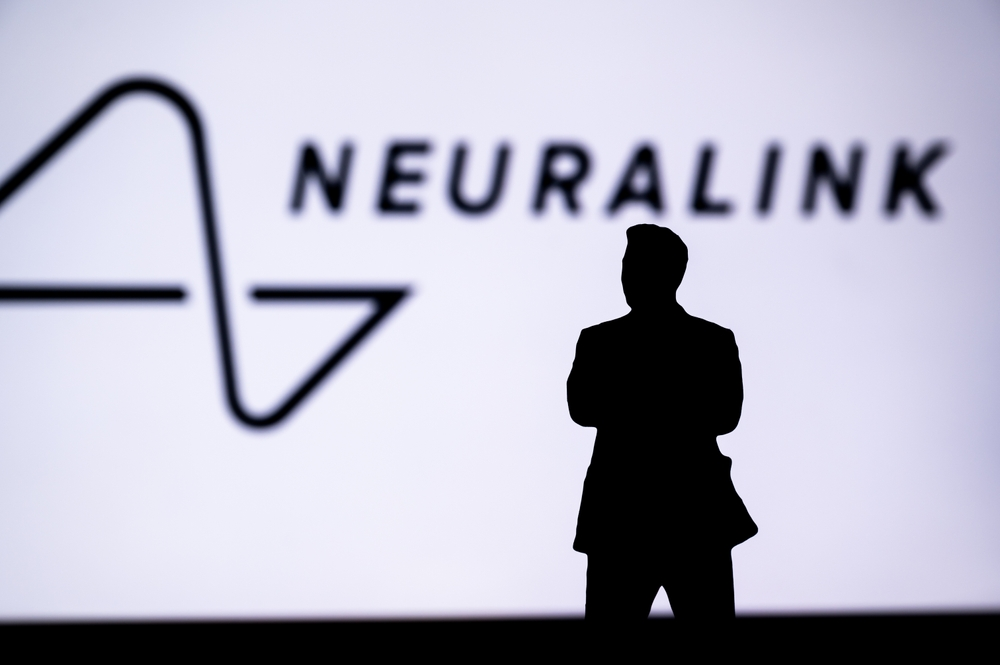
If Musk’s prediction holds true, the world could be on the brink of a neural revolution. Whether that’s a dream or a nightmare depends on how the technology is regulated, developed, and implemented in the years to come.